Researchers created a quantum gas containing two types of atoms on the ISS, in a first for space-based research.


In the very early universe, physics were weird. A process known as inflation, during which the universe went from a single infinitesimal point to everything we see today, was one such instance of those weird physics. Now, scientists from the Chinese Academy of Science have sifted through 15 years of pulsar timing data in order to put some constraints on what physics looks like.
The 15 years of data come from the North American Nanohertz Observatory for Gravitational Waves or NANOGrav’s goal is to use an unconventional way to detect gravitational waves —by looking at pulsars. These fast-spinning objects are commonly used as “clocks” in astronomical terms.
Back in 1983, a pair of astronomers (Ronald Hellings and George Downs) developed a method by which astronomers could use an array of these pulsars to check for shifts that gravitational waves might cause.
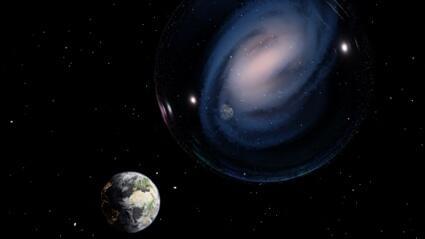
Using the James Webb Space Telescope, an international team, including astronomer Alexander de la Vega of the University of California, Riverside, has discovered the most distant barred spiral galaxy similar to the Milky Way that has been observed to date.
Until now it was believed that barred spiral galaxies like the Milky Way could not be observed before the universe, estimated to be 13.8 billion years old, reached half of its current age.
The research, published in Nature this week, was led by scientists at the Centro de Astrobiología in Spain.
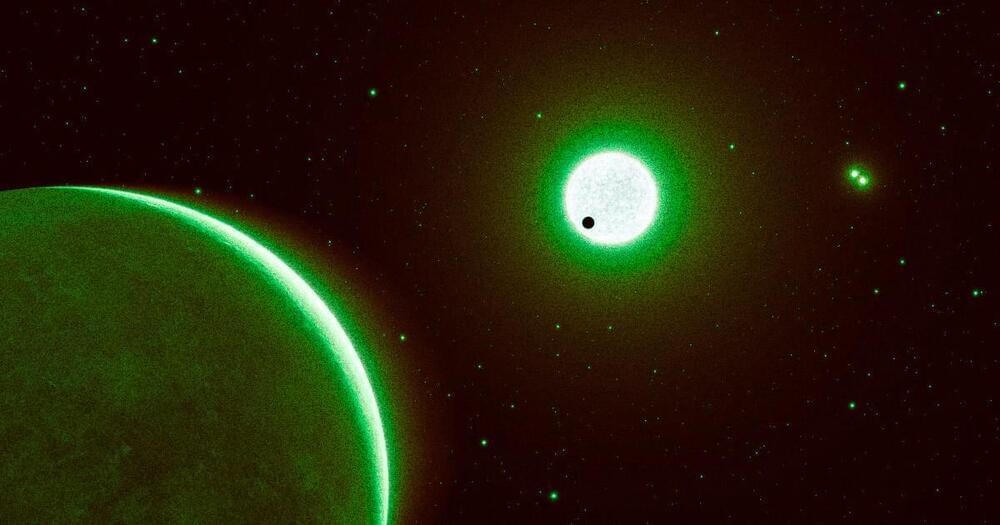
Mira Murati is to temporarily take up the reins at OpenAI following Sam Altman’s surprising departure.
After Sam Altman’s surprise sacking from OpenAI on Friday, the AI company has announced that Mira Murati will fill the gap as interim Chief Executive Officer (CEO) until a replacement is found. A relative unknown outside of Silicon Valley, many interested in the artificial intelligence (AI) space are rightfully wondering who she is. Let’s find out what we know so far.
Who are you?
Mira Murati was born in Albania but moved to Vancouver, Canada when she was 16 years old under a scholarship at an international school. After graduating, she studied at Dartmouth College and completed a mechanical engineering degree. After completing her studies, Murati worked as an intern at Goldman Sachs and then at the French aerospace group Zodiac Aerospace.
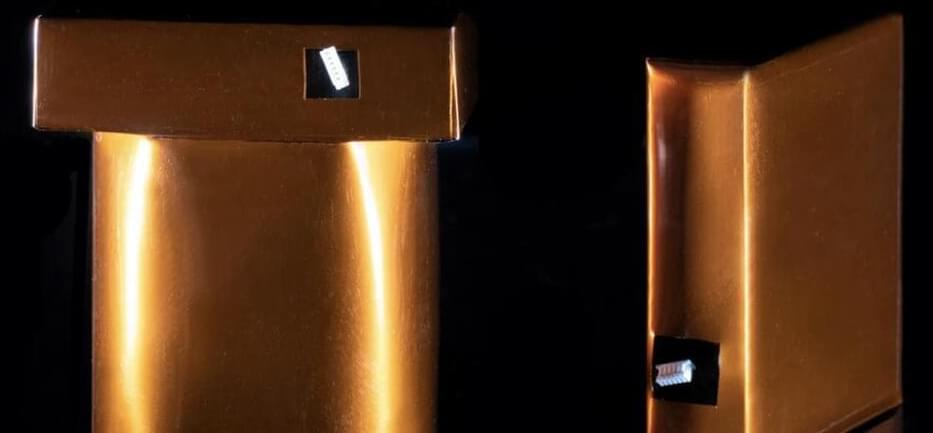

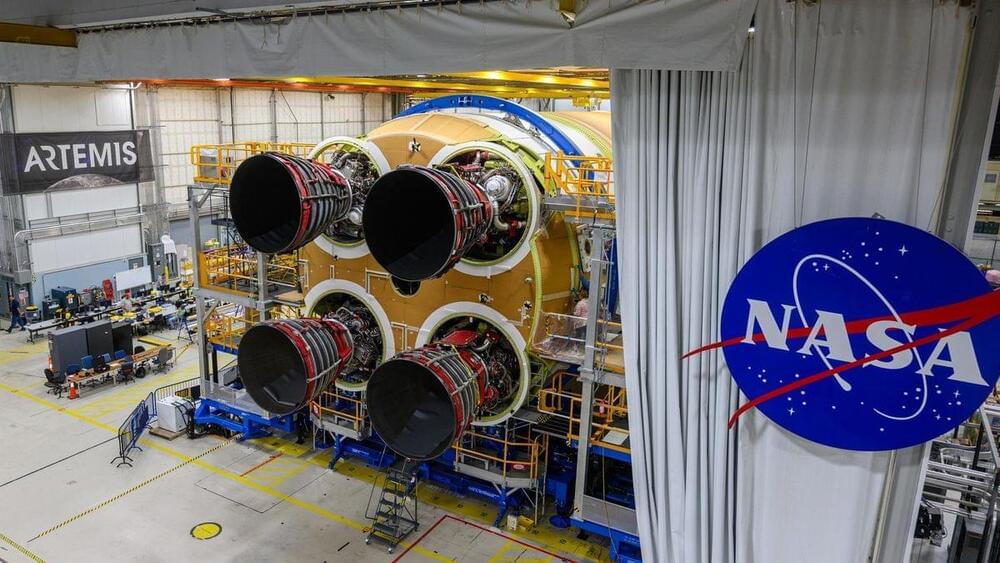
Space fans, get ready to start your moon engines.
NASA’s Artemis 1 uncrewed moon mission lifted off from NASA’s Kennedy Space Center (KSC) in Florida on Nov. 16, 2022. One year later, the next moon rocket ride for astronauts is in testing for a new mission that could launch in late 2024.
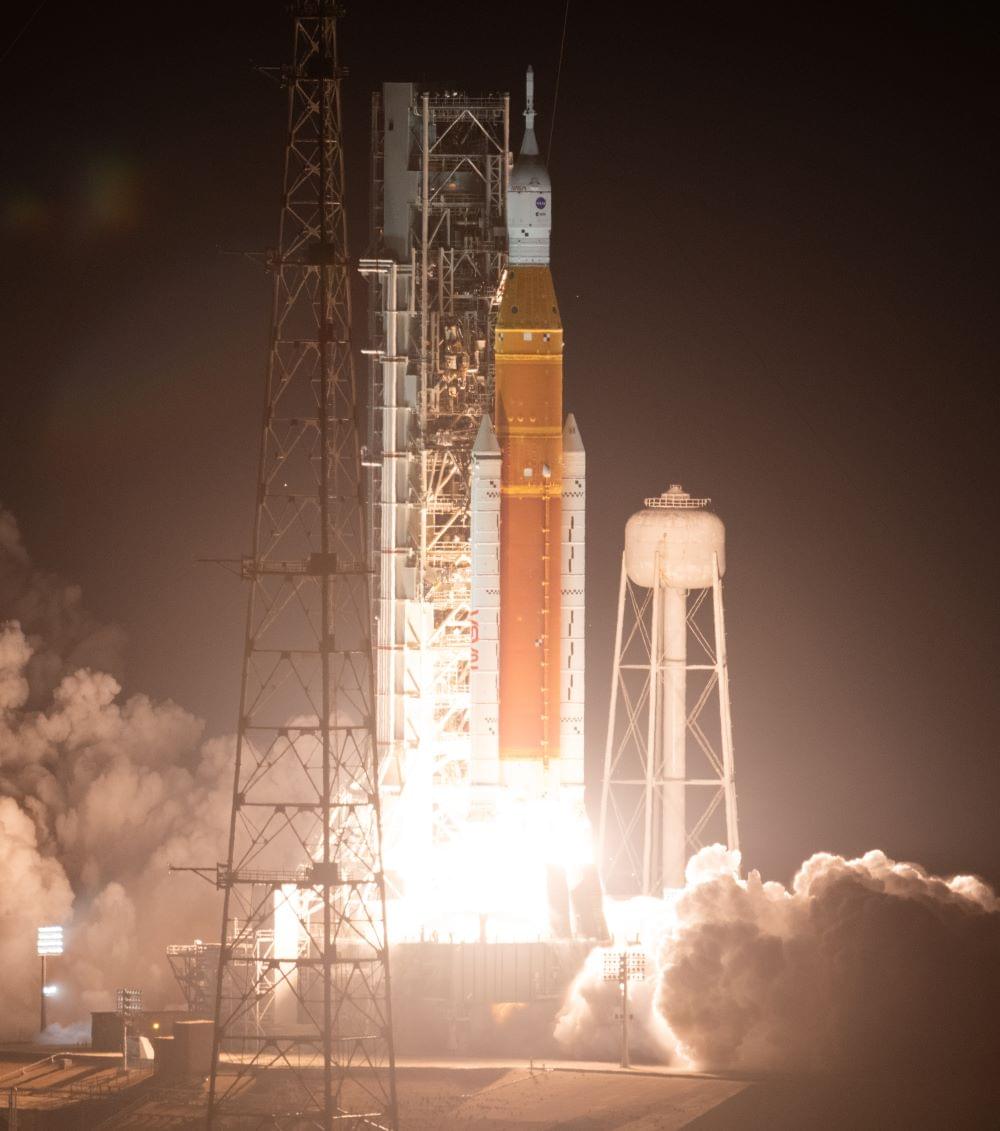
One year ago today, NASA’s Artemis I mission with its Orion spacecraft lifted off into the heavens and towards the Moon on its maiden flight aboard the mighty Space Launch System (SLS) at 1:47 am EST from historic Launch Complex 39B at NASA’s Kennedy Space Center in Florida. The goal of the uncrewed mission was to conduct a shakedown of all systems and subsystems prior to crewed missions to the Moon and kicked off a new era in human spaceflight as no humans have ventured beyond low-Earth orbit since Apollo 17 in 1972.
Image of NASA’s Artemis I aboard the Space Launch System lifting off from historic Launch Complex 39B at NASA’s Kennedy Space Center on November 16, 2023 at 1:47 a.m. EST. (Credit: NASA/Joel Kowsky)
Traveling a total of 1.3 million miles (2.1 million kilometers) during its achieved mission time of 25 days, 10 hours, and 53 minutes, Orion conducted two flybys of our nearest celestial neighbor, with its closest approach to the lunar surface occurring on December 5 at 79.5 miles (128 kilometers). Additionally, Orion broke the record for the farthest distance from Earth by an Earth-returning human-rated spacecraft by traveling almost 270,000 miles (435,000 kilometers), which surpassed the previous record of 248,655 miles (400,171 kilometers) conducted by Apollo 13 in 1970.
While more than 5k exoplanets were identified, the count of planets within the diameter varies between 1.5 to two times the size of Earth, which is lower than anticipated.
Scientists have noticed a ‘size gap’ among exoplanets, specifically between 1.5 to two times the size of Earth. Fascinated, scientists are striving to learn the cause of this phenomenon.